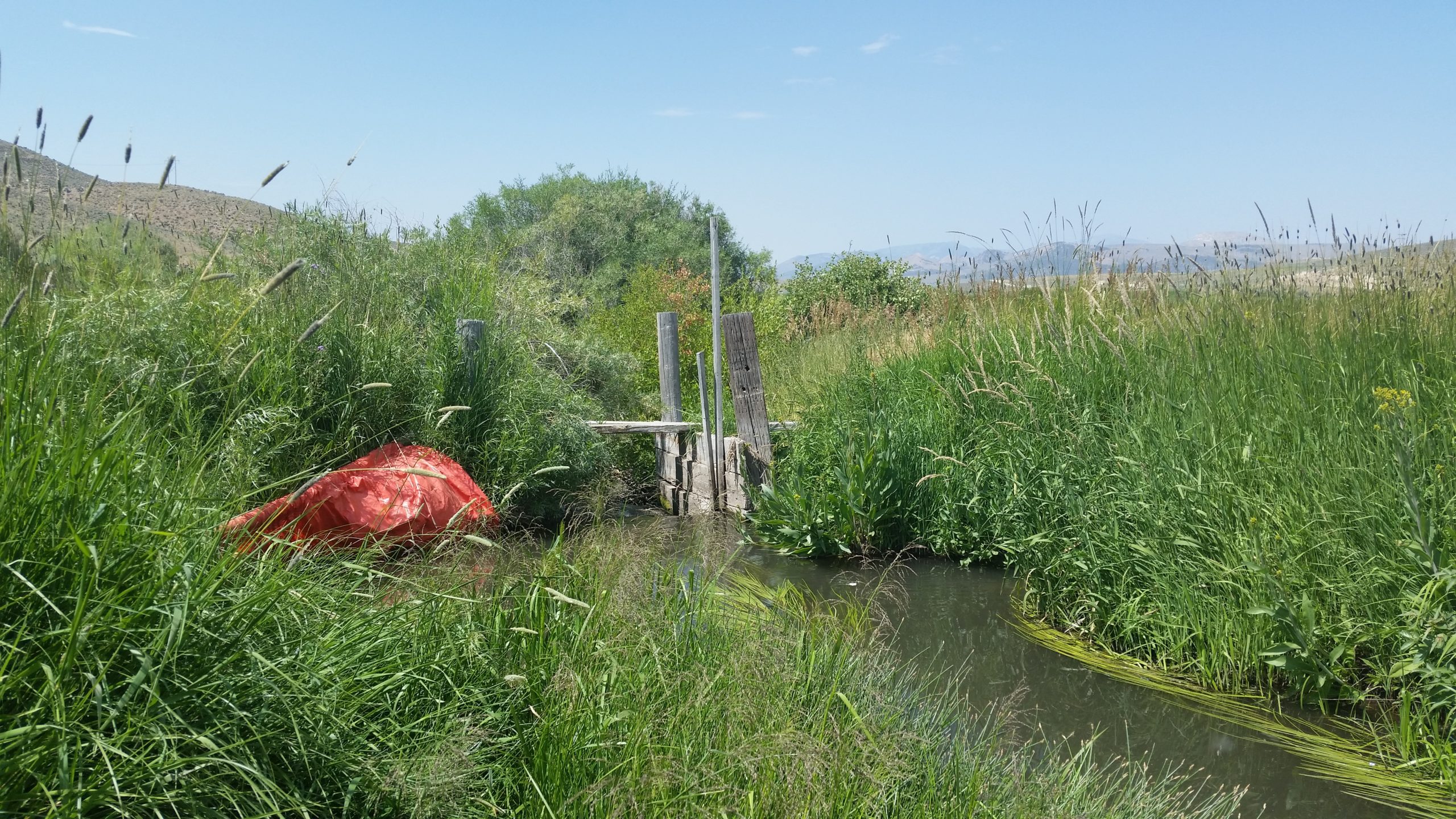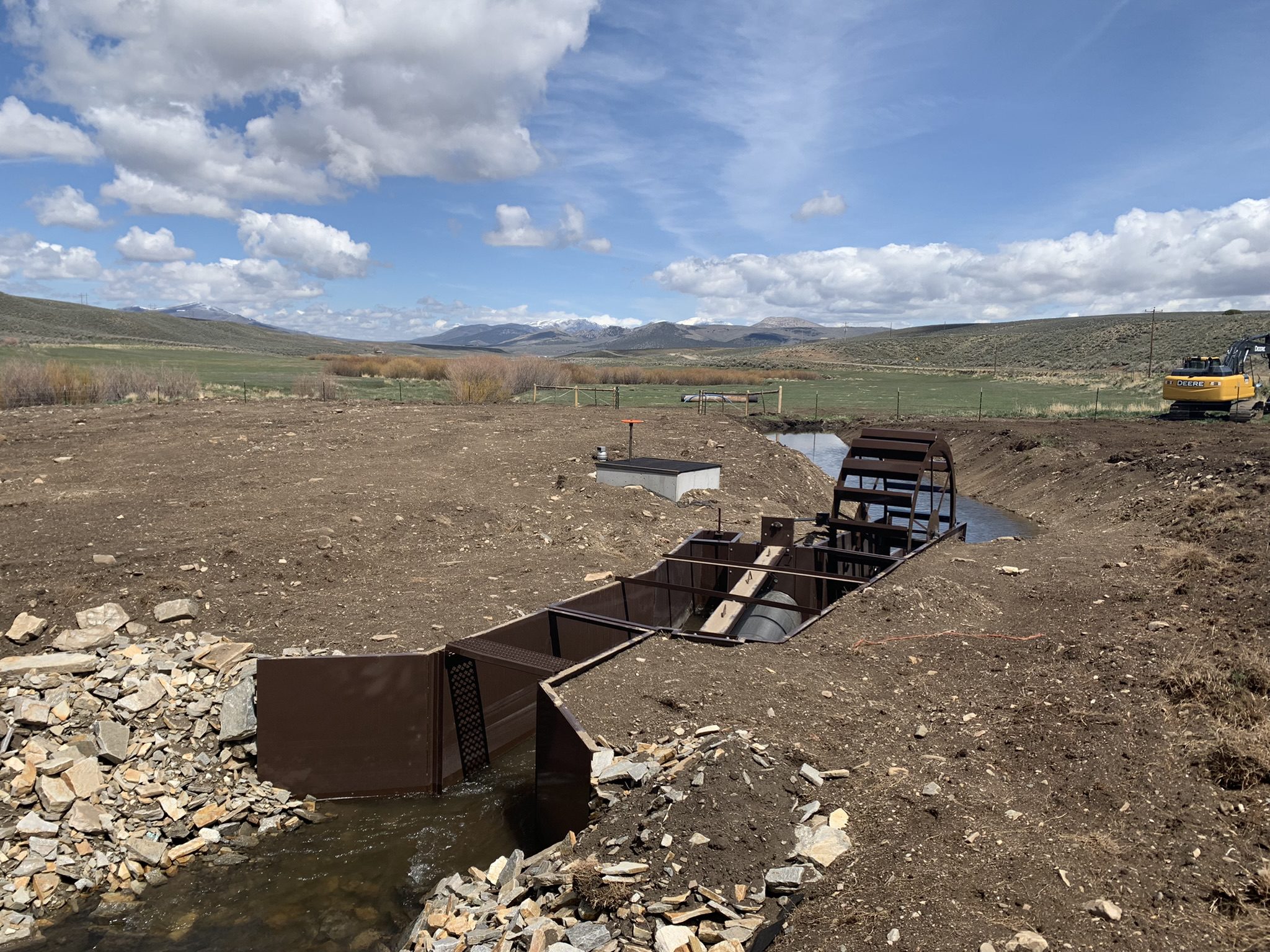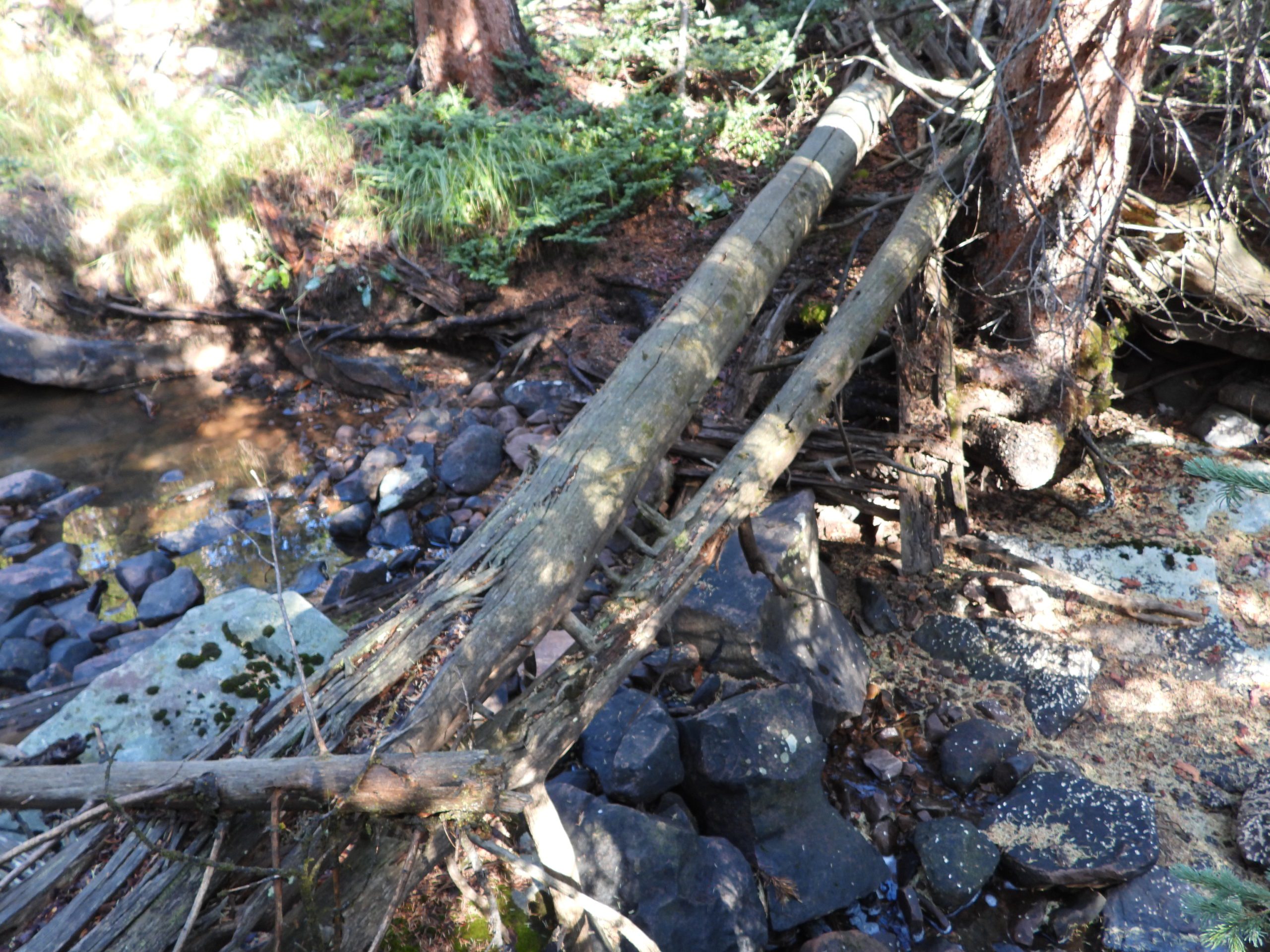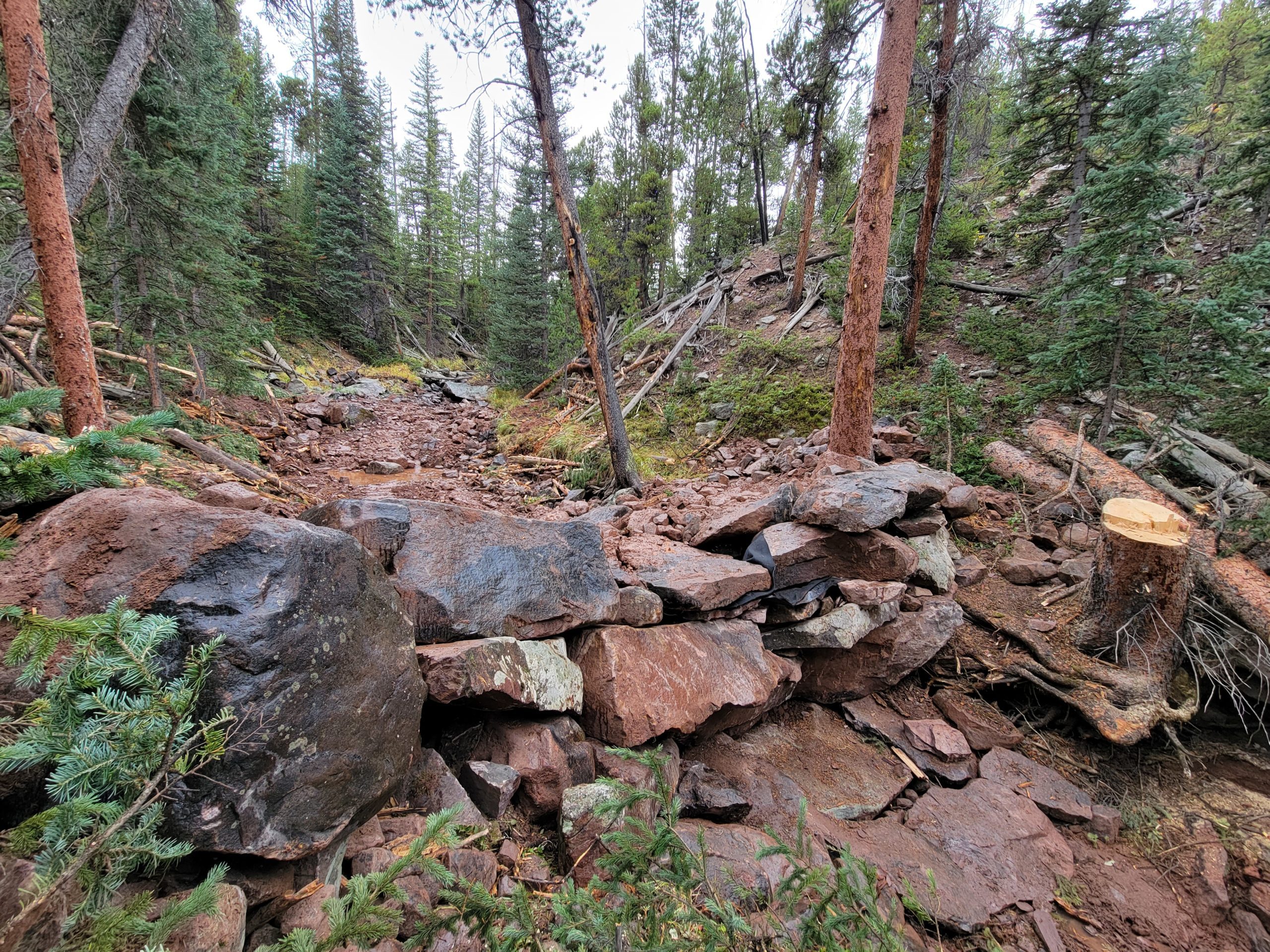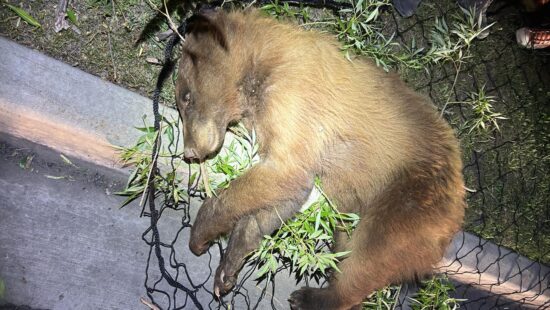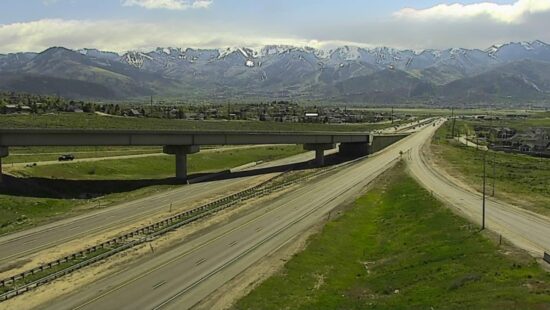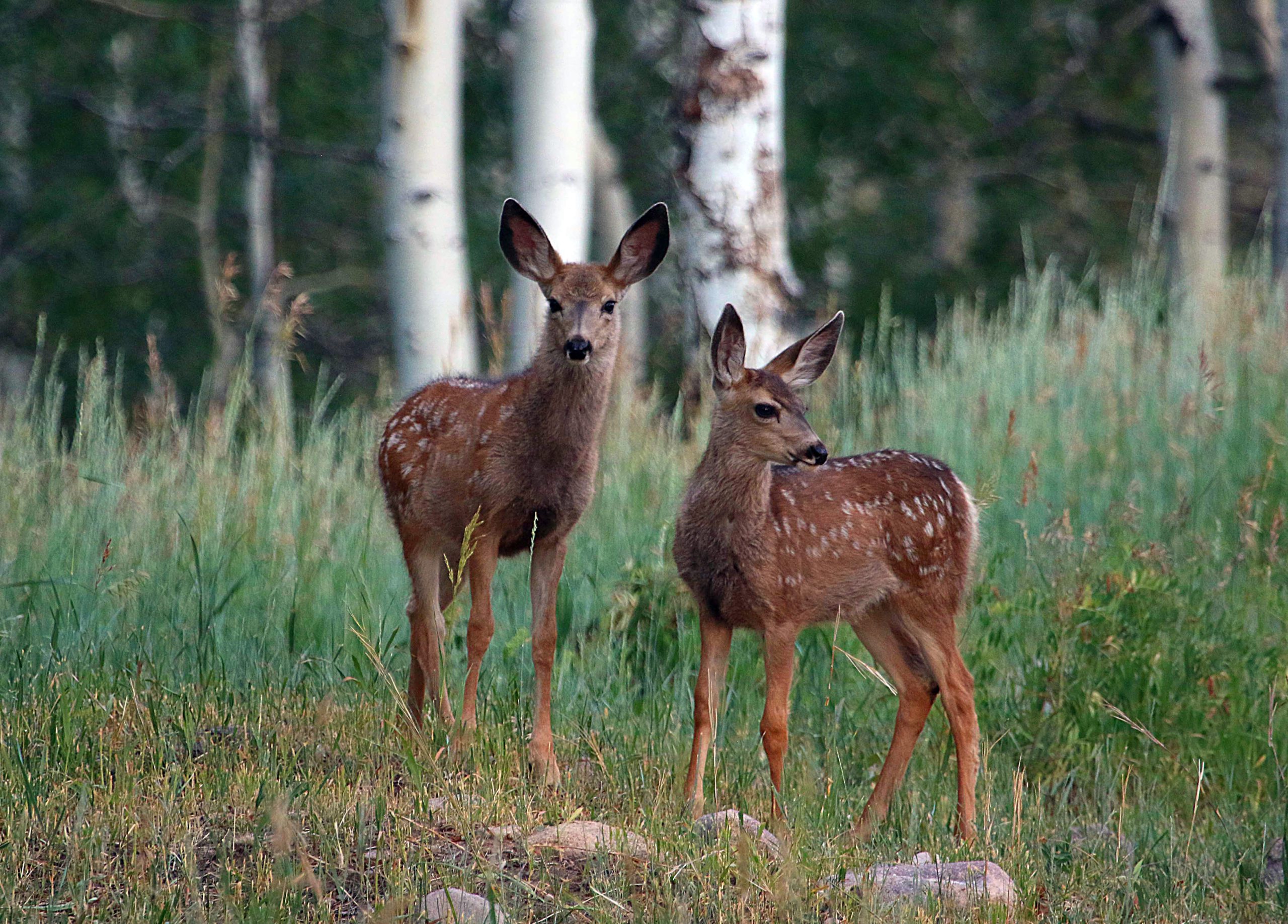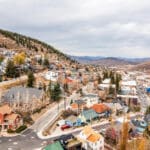Wildlife
DWR, UDOT structures help wildlife and fish safely migrate across Utah
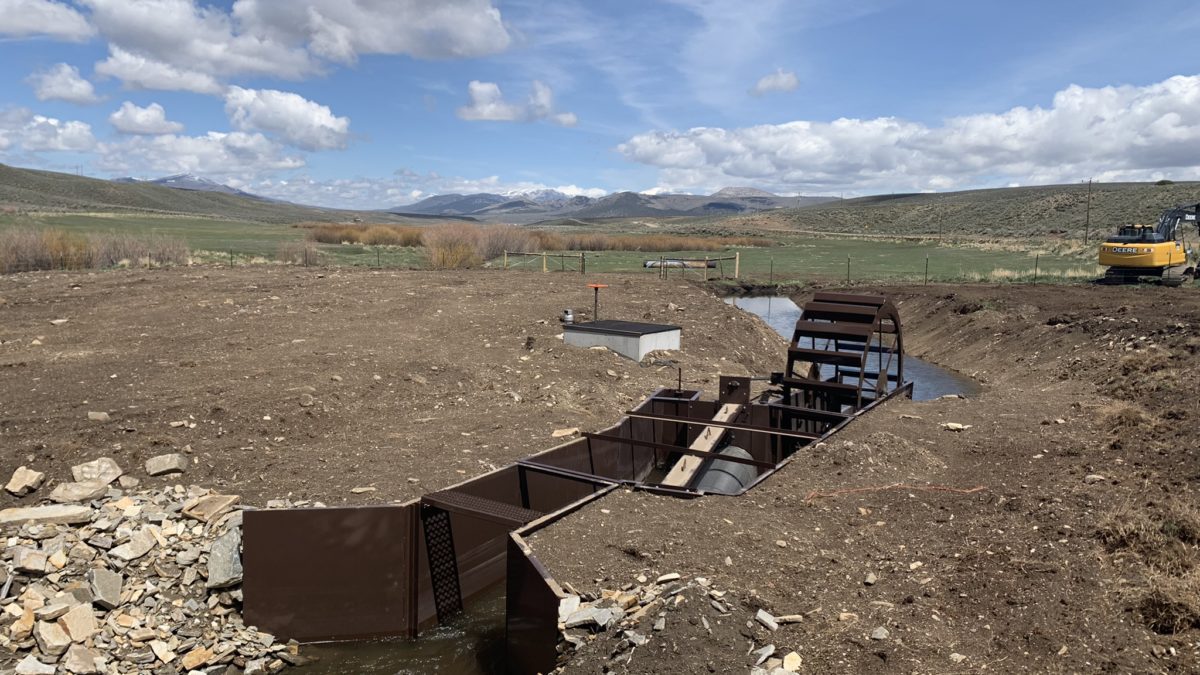
The final SFJC diversion and screen. The previous structure was blocking the migration of Yellowstone cutthroat trout and bluehead sucker. Photo: DWR.
DWR, UDOT and other partners construct several structures to help wildlife and fish safely migrate across Utah in 2022
SALT LAKE CITY — The Utah Division of Wildlife Resources and the Utah Department of Transportation, as well as other partners, are working hard to reduce wildlife/vehicle collisions around the state and to make it easier for wildlife and fish to make important annual migrations. In 2022, the agencies and other partners installed six structures to help fish and wildlife migrate in Utah.
Here are the areas where the DWR and UDOT implemented new wildlife solutions or where the DWR and other partners installed structures to help fish migrate in Utah last year:
Central Utah
Coordinated with UDOT on installing over one mile of wildlife fence on I-80 at Kimball Junction as part of a multi-year fencing project.
Coordinated with UDOT and Eagle Mountain City on installing over one mile of wildlife exclusion fence and a thermal wildlife detection/alert system on State Route 73 as part of the Eagle Mountain Wildlife Migration Corridor Preservation Project.
Northern Utah
Renovated an irrigation diversion in the south fork of Junction Creek (Box Elder County) that was blocking the migration of two fish species in need of conservation: Yellowstone cutthroat trout and bluehead sucker. Renovating the diversion improved irrigation efficiency and allowed the fish to migrate through. The project was completed in April 2022 in cooperation with Trout Unlimited and a private landowner.
Northeastern Utah
Constructed the East Fork Carter Creek fish barrier on Carter Creek, located on the North Slope of the Uinta Mountains, to protect native Colorado River cutthroat trout from reinvasion of non-native brook trout. This project will aid in the restoration of over 100 miles of stream for native cutthroat. This is part of a larger restoration effort, including the upper Carter and Sheep Creek drainages.
Southeastern Utah
DWR and UDOT collaborated to install signage on Highway 95 and Highway 46 to reduce wildlife-vehicle collisions in the area.
Worked together with landowners in Emery County to install electric fencing along Highway 10, where many deer-vehicle collisions have occurred in the past.
Utah Wildlife Migration Initiative
The Utah Wildlife Migration Initiative was founded in 2017 to better track and study the migration patterns of different wildlife and fish species in the state and to help them make those important journeys. Most of the data comes from animals wearing GPS tracking devices or from fish tagged with implanted transmitters.
The fish and wildlife structures that assist migration vary and can include:
Overpasses, which allow wildlife to cross over a roadway
Bridges, which allow vehicles to cross over a river or ravine, while wildlife travel underneath the bridge
Culverts, which allow wildlife to cross under a roadway — these make up the majority of Utah’s wildlife crossings
Fences, which eliminate roadway crossings in certain areas and instead funnel the animals to an overpass or culvert where they can safely cross a road
Various “fish ladders” and other structures in rivers and streams that help fish move up and downstream to meet their life history needs
Utah made history when it completed the first wildlife overpass in the U.S. in 1975 on I-15 near Beaver. Since then, at least 119 structures have been constructed around the state that allow the passage of wildlife and fish. These structures typically take several months to build, depending on the size and weather conditions, but they can take several years of prior planning and collaboration with various land management agencies, private landowners and other partners.
Wildlife/vehicle collisions
Approximately 4,900 deer were killed in vehicle collisions and removed from roadways in 2022. The number of deer killed is likely significantly higher because many incidents go unreported. In Utah, the majority of the big game animals killed in wildlife/vehicle collisions are deer, primarily because they are the most abundant big game animal in the state, but also because they migrate between winter and summer ranges each year.
“Deer typically follow the same migration routes every year,” DWR Utah Wildlife Migration Initiative Coordinator Blair Stringham said. “Many of those routes intersect roadways, which the deer will often try to cross, regardless of traffic. However, simply putting up fences can limit the migration opportunities for deer and other wildlife, and it’s not possible to fence every stretch of highway across the state. So it is important to ensure the passage of wildlife in these areas through the installation of properly placed wildlife structures.”
Studies have shown there is a 90% reduction in wildlife/vehicle collisions when there is a crossing structure and fence in the area, so the DWR has been working with UDOT to identify areas where migration routes cross roadways and these solutions can be implemented. Both agencies help fund the projects, and UDOT oversees the building and maintenance of the structures.
“Efforts like the Migration Corridor Preservation Project show that by teaming up with local governments, positive impacts can extend beyond our right-of-way,” UDOT Natural Resource Manager Matt Howard said. “We are excited to be partnering with communities to improve wildlife migration and make Utah roads safer for everyone.”
Visit the DWR website to learn more about how these wildlife solutions are funded and listen to the DWR Wild podcast to learn how the locations are selected.

